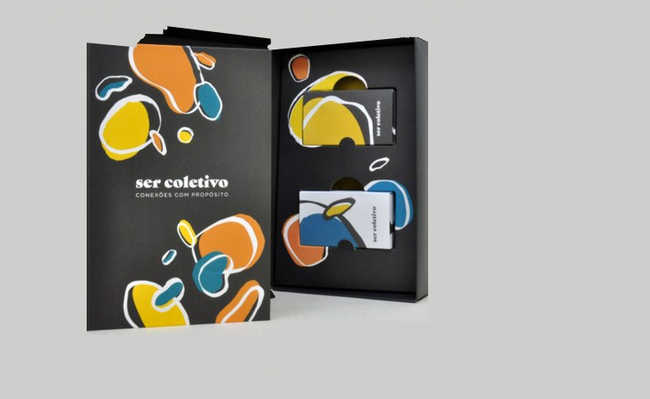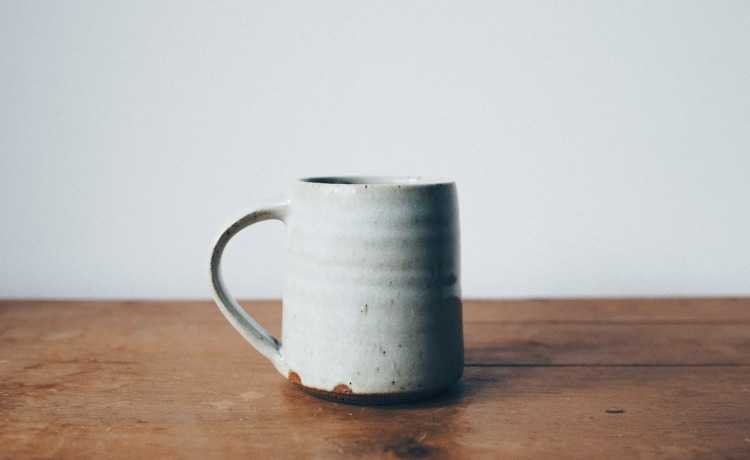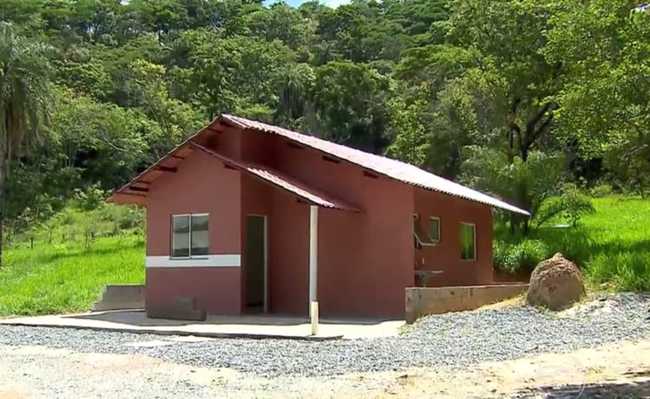Flexible PVC film: although useful and hygienic, it can present health risks in contact with certain foods
Fatty foods, such as meats and chocolates, can absorb phthalates present in the item

Flexible films (plasticized PVC, polyvinyl chloride) are very present in our daily lives, whether packaging food in the supermarket, toys, cosmetic bottles, hygiene and cleaning products and so on. Plasticized PVC has many advantageous characteristics: gloss, beauty, transparency, easy labeling, innocuity, high oxygen barrier, high recyclability, easy handling, versatility and provides hygiene and safety to food - all these characteristics are sought after and approved by consumers.
The dangers of plastic film are a little tricky. Vinyl chloride polymer does not present health risks, however the manufacture of flexible films requires the addition of phthalates (toxic substance) so that the plastic presents some of the desired properties mentioned above. Phthalates, when linked to the PVC chain, do not pose health risks either, but under certain conditions, these substances can migrate from the plastic to the packaged food. For this to occur, the flexible film needs to come into contact with fatty foods such as meat, chocolates, meat and milk derivatives, ready meals, among others, as the fat molecules have characteristics similar to phthalate molecules (non-polar), making that there is a better interaction between these molecules (lipids and phthalates), than between phthalate and PVC molecules. Another very important precaution is, under no circumstances, to heat the material in a microwave oven or conventional oven, as this will also result in the release of phthalates into the food in contact with the film.
Most flexible film packaging does not inform whether the product has phthalates in its constitution (there are no laws that require manufacturers to disclose this information) and also does not make it clear what the restrictions on the use of flexible film are - some packaging, even they even advise using it for meat storage. Other brands inform that the product is non-toxic, leading the consumer to understand that the product does not have phthalates, but there is no law that prevents the use of phthalates in the production of flexible films.
A study carried out in Rio de Janeiro, published by the journal Debate Visa and called "Sanitary Control of Flexible PVC Films Marketed in the State of Rio de Janeiro" presented a worrying result. 37 samples of flexible PVC films collected from stores in the state of rio de Janeiro were analyzed; Of these samples, 35 (95%) had unsatisfactory results in the migration test from the packaging to fatty foods of at least one of the plasticizers of di-(2-ethylhexyl) phthalate DEHP and di-(2-ethylhexyl) adipate DEHA.
care
As long as Brazilian laws do not prevent the use of phthalates and other toxic substances and there is no strict inspection in the industries that manufacture flexible film, it is up to the consumer to take some precautions. As stated before, do not under any circumstances use the flexible film on fatty foods and do not heat any type of food together with this plastic. An alternative for packing fatty foods is to use glass or other plastic containers (never heat the food in a microwave oven together with the plastic container, regardless of the polymer that makes it up). Containers with non-toxic silicone lids can also be good alternatives.
Bioplastic film technology is not yet available in Brazil. This type of film is made entirely from vegetable raw materials, which makes it entirely compostable, in addition to presenting no health risks. However, Brazilian researchers at the Polytechnic School of the University of São Paulo (USP) are on their way to patenting a sustainable alternative to flexible film. There are two intelligent and biodegradable packages produced with cassava starch: one indicates the degree of deterioration of the food and the other helps to extend the shelf life of the product.
Flexible PVC films have many good characteristics, such as those mentioned at the beginning of the article, and they help a lot in the conservation of vegetable and non-greasy products, without presenting health risks. Thus, before packing any food with the flexible PVC film, pay attention to the composition of that food - you can look at the food packaging label for the ingredients and the nutritional table. If the doubt still persists or the food does not have a label, search the internet if the food has a high content of lipids or fat.
Sources: AGISA - PVC packaging: a risk to consumer health; 5 alternatives to PVC film to preserve food; Instituto do PVC - PVC packaging: versatile and competitive. To better present your product; PVC films, protection and risk.










